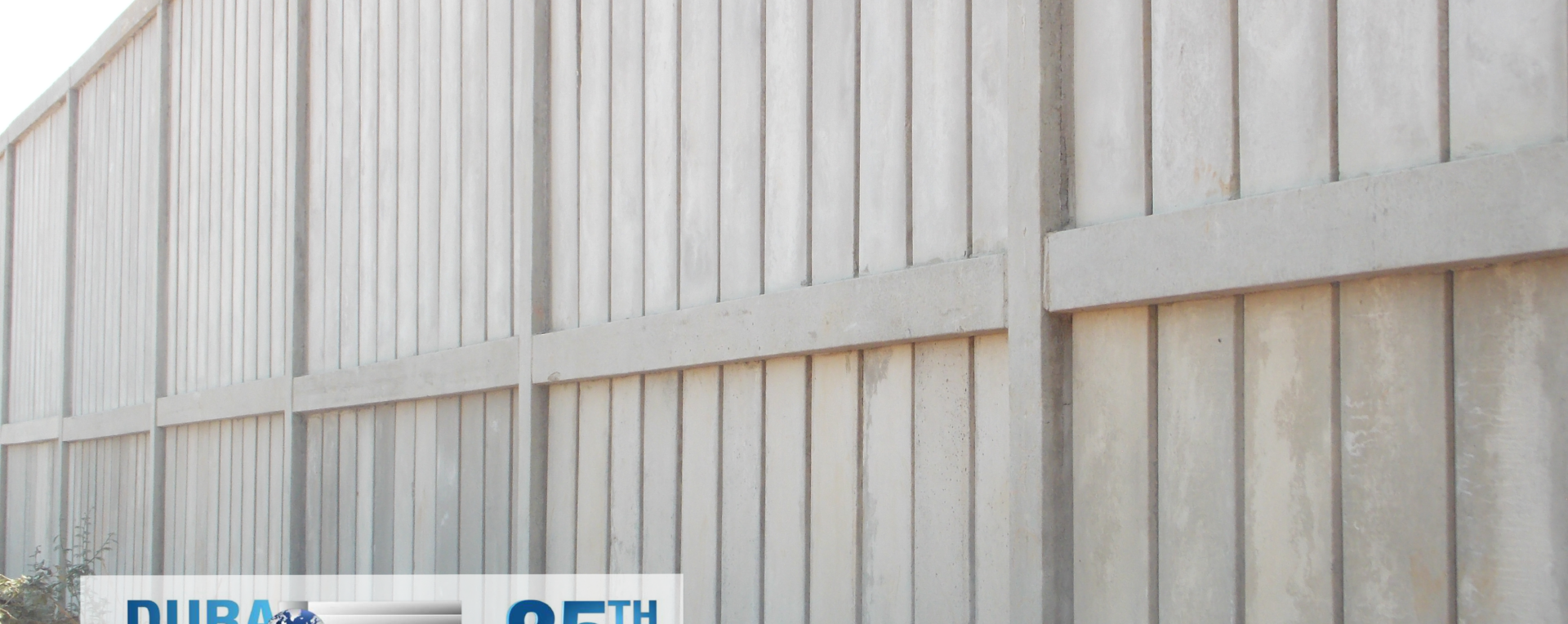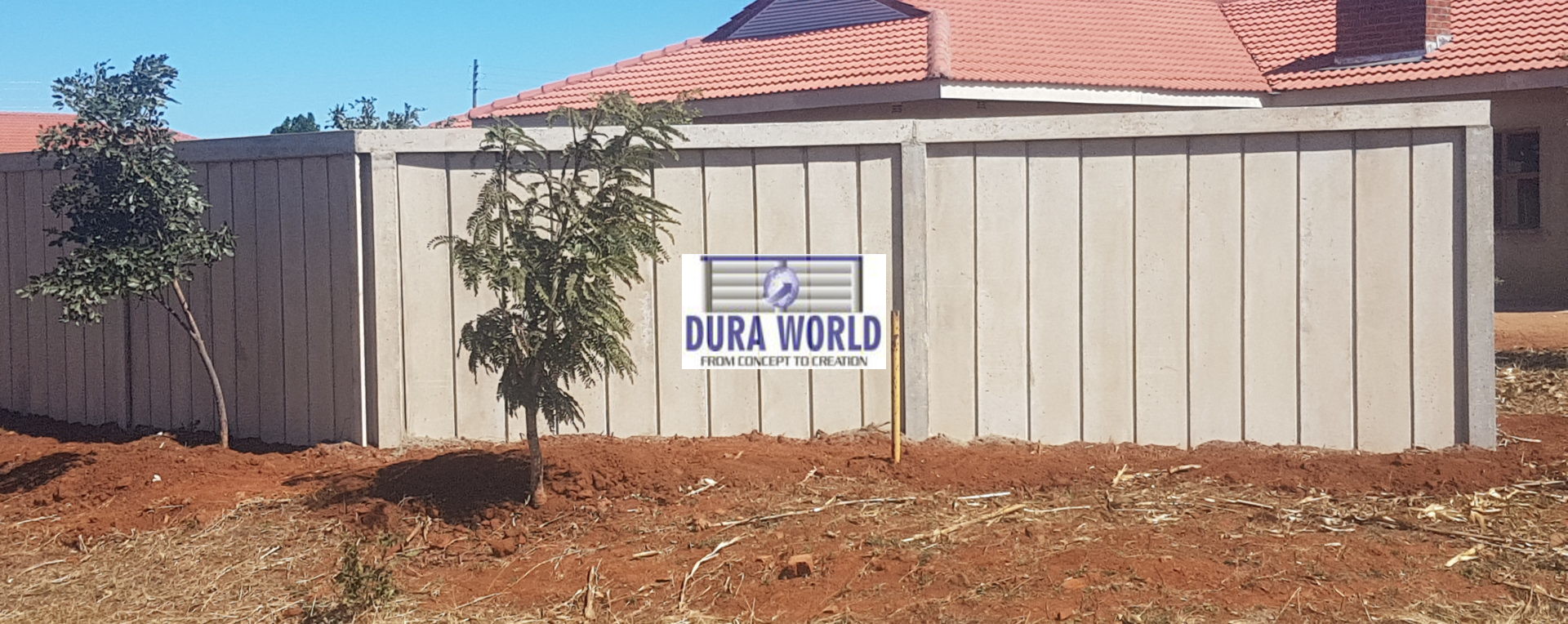Note the throttle setting or speed indicator so you can use the same speed later. To calculate the amount needed for band application, multiply the broadcast rate by the band width divided by the row width. **This calculator calculates as low as 5 oz. One of the most commonly used herbicides when adding potency to2,4-D is Dicama. This means for every gallon of bleach you use, add 1 gallon of water. Fine Fescue (creeping red, chewing, and hard)Festuca spp.5 fl. on the amount of acid equivalent per gallon of product, the use rate must be adjusted Exampleacid equivalent = 4 pounds per gallon. Regents of the University of Minnesota. If nothing else is readily available when you're ready to tackle those weeds, add 1 tablespoon of household dish detergent to 1 gallon of herbicide, says Purdue University Extension. AMS should be added at a rate of 8.5 pounds to 17 pounds of AMS per 100 gallons of Gallons of 2,4-D per acre = 1.5 pounds per acre 4 pounds per gallon = 0.375 gallon per acre or 3/8 gallon per acre For large order quotes, please call us at 866-581-7378. Specifically, various different types of crab grasses have proliferated in the late summer even after pre-emergent and several OTC post-emergent herbicide treatments. See all questions about this product. the salt is a combination of glyphosate acid combined with ammonium, diammonium, dimethylammonium, Start with a mix ratio of 1:1. Divide the pounds per acre of active ingredient by its concentration in the product. seed oils (MSO) are not recommended for use with glyphosate. Surfactants cause2,4-D to stick to weeds, increasing its effectiveness. Surflan Pro is a pre-emergent weed control product. per 100 gallons) Product Label Multiply the depth in feet times the width and length of the pool (square footage) to find the cubic feet. it is important to know that the type of salt formulation does not affect weed control, Equipment , Customize Your Own DIY Lawn Care Program with the, See More Yes True, emeritus Extension engineer, Reviewed by Jonathan Chaplin, agricultural engineer, College of Science and Engineering and the College of Food, Agricultural and Natural Resource Sciences. 1 gallon can cover up to 17,300 sq. Read the label for full information. This is how much product you need. it is necessary to rotate crops and use multiple herbicides and weed control methods. Sign in for a personalized shopping experience and faster checkout. To measure the amount applied by the sprayer, follow these steps: Check the output of all the nozzles to make sure theyre flowing at the same rate. Herbicide How-To: Understanding herbicide mode of action. Using Surfactant With 2,4-D Surfactants cause 2,4-D to stick to weeds, increasing its effectiveness. The one that is most commonly recommended is the Southern Ag Non-Ionic Surfactant for Herbicides, which requires 1-2 teaspoons per gallon of water. How Much Surfactant Per Gallon of Water. Follow these tips to ensure that you mix2,4-D properly: When applying2,4-D, it is important to maintain a steady application rate. Follow the procedure provided in Step 4 for liquid pesticides. To determine the appropriate use rate, you must consider the amount of glyphosate ft. The selected pesticide rate should be based on soil, target pest and crop conditions. Next, pour the correct amount of water into the sprayer. I've always used 1/2 oz/gal, however your label should be pretty clear on this. Some pesticides are formulated and sold as powders and water dispersible granules for mixing with water. of a salt. This is about the same as adding 1 pint (16 ounces) of the chlorine solution to 12.5 gallons of water. To measure the output of dry material applicators: Tie plastic bags over the ends of the delivery tubes. GLYPHOSATE HERBICIDES (that do not contain a surfactant): 1 Tablespoon per gallon or 2 quarts per 100 gallons of spray. CautionThe rate can be shown in pounds of active ingredient or pounds of product. If the rate is shown as pounds of product, go directly to Step 4. oz. 1-2 Tsp. How to calculate herbicide rates and calibrate herbicide applicators. Required fields are marked *. If you only consider the cost of the $179 replacement filters, you would be paying $0.03 per gallon of water you filtered through the Berkey. glyphosate that may be applied in a single application and for the entire growing If you see streaks as it dries, raise or lower the boom. I'm a nerd like that. A standard 32-ounce spray bottle should hold enough 2,4-D for 250 square feet of weeds. The site navigation utilizes arrow, enter, escape, and space bar key commands. For spot treatments, mix 0.33 ounces (0.5 teaspoons) of Tenacity Herbicide in 1 gallon of water to treat 1,000 square feet. isopropylamine, and/or potassium. If you are new to this sort of thing, it may be best to go slow to ensure that you are following the application rate specified by the manufacturer. Surfactants may be added to herbicides to help them cling to the plant longer. how much surfactant per gallon of water. ", 2004-2023 P&M Solutions, LLC DBA DoMyOwn, Customize Your Own DIY Lawn Care Program with the, Lawn Care The best time to apply 2,4-D is midday in early spring or fall when the temperatures are between 60-85F. Service Fact Sheet PSS-2778. This can be helpful when using the calculator above. Perennial Ryegrass*Lolium perenne5 fl. JTMF May 2022; JTMF Oct 2022; 2022 Event Info + FAQ; BaHOOTenzie; Dreaming in the Desert; Event Info. 2004-2023 P&M Solutions, LLC DBA DoMyOwn, Customize Your Own DIY Lawn Care Program with the, Non-Ionic Surfactant for Herbicides Label, Lawn Care per 1,000 sq. A mask may be a good idea. per acre. If Tenacity is used as a pre-emergent, you will not use a Non-Ionic Surfactant (NIS) and water the product in with 0.25 of water.When used as a post-emergent, you will use 3x the amount of NIS than Tenacity. Small fields can be sprayed with partially filled tanks. Do My Own Lawn Care - How to Use Surfactants, I have for years been wrestling with various annual and perennial weeds in the lawns that I manage. oz. Use Esc key to go back to input search field. herbicides is to use preemergence herbicides prior to or at planting. For example, you can safely use the High rates of herbicide on Kentucky Bluegrass (KBG) and Tall Fescue (8 oz. More questions? Southern Ag Surfactant for Herbicides - 1 Gallon. In the case of glyphosate, it is the acid portion that provides the herbicide activity. A typical house wash can be done using 1 or 2, 5 gallon, buckets of mix. Liquid pesticide sprayers must apply the proper amount of a carefully mixed spray solution to be effective in controlling weed and insect pests. its activity in the plant. Put on protective apparel, including goggles andgloves at the very least. For herbicides to work most effectively, they need to be applied according to the manufacturer's directions. It may seem expensive, but it's not if you don't have to respray weeds to finish the job. If you are mixing2,4-D for a hand sprayer or a backpack-style sprayer, you will have to do it manually. The product label may give the amount of herbicide formulation to use per acre. Getting the correct ratio of2,4-D to water is important for the best results. This is usually given in gallons per acre and is listed with the herbicide recommendations or on the product label. Calculations for mixing liquids are different from calculations for dry materials. Use: With almost all herbicide sprays including Trimec, Atrazine, Brush Killer and 2, 4-D Amine For: Reducing the surface tension of water to ensure more uniform coverage and penetration of weed killers. 2023 Blooming Fields Farm | As an Amazon Associate I earn from qualifying purchases. Pounds of atrazine formulation per acre = (1.5 pounds of atrazine per acre (Step 1) 100) 80 (Step 3) = 1.875 pounds per acre. Yes. 2. a_lurker_MD 8 mo. production fields. Surfactant for herbicides can be used with almost all herbicide sprays including Trimec, Atrazine, Brush Killer and 2, 4-D Amine. You did not mention which surfactant you are planning to use with the Tenacity. Note the time it takes to spray the course, in seconds. Use Enter/Space key to visit the menu item. This two-part guide provides specific instructions for mixing both liquid and dry pesticides. For most herbicides, such as: 2,4-D Amine, Trimec R, Brush Killer, Reward R (Diquat R), Asulox R, Image R, and others. "Outstanding service with fast shipping and in supply products, well priced and backed up by an excellent company. Enter and space open menus and escape closes them as well. Was this answer helpful to you? I have evergreen trees planted in rows. 117 of 128 people found this answer helpful. This publication describes procedures for determining how much pesticide to mix in the tank so the right amount of pesticide will be applied per acre. ft.; 2.5 gallons can cover up to 43,243 sq. Our instructions have two rates you can useone is a simple spot treatment rate of 6 ounces in one gallon of water. With almost all herbicide sprays including Trimec, Atrazine, Brush Killer and 2, 4-D Amine. short run, but will quickly lead to the selection of glyphosate-resistant weeds. The area to be treated with this product needs to be weed free at the time of the application. NoteIf you use a sprayer with two or more tanks remember to consider the total volume of all tanks and to divide all ingredients proportionally among the tanks. ft. It is generally safe for grass, though it can kill a wide variety of weeds, garden plants, trees, and shrubs. The amount of active ingredient in these products is shown in percent. Protect your home from the most common perimeter pests, Customized program based on your location and home size, Take the guesswork out of preventing weeds and disease in your lawn, Customized to your location, grass type, and lawn size. JavaScript seems to be disabled in your browser. CONTAINS: 80% non-ionic Surfactant. HERBICIDES such as 2,4-D Amine, Atrazine, Trimec, Brush Killer, Image, MSMA and others: 1-2 teaspoons per gallon of water, or 1 pint per 100 gallons. September 25, 2022. Non-Ionic surfactant will last at least 5 years before and after opening. Over-reliance Unfortunately, glyphosate-resistant weeds are becoming more and more common throughout Will this product still work? This is often the biggest problem that people have when using2,4-D, especially people who have not sprayed herbicide before. Oklahoma Department of Agriculture, Food, and Forestry Pesticide Registry Database. 2023 Please refer to the product page for each surfactant to determine how much needs to be mixed per gallon of water. Of total freshwater, over 68 percent is locked up in ice and glaciers. When tank-mixing glyphosate with other herbicides or crop protection products, This equates to approximately 0.367 ounces per 1,000 sq. Use Enter/Space key to select the menu/submenu items. Step 5Calculate the volume of pesticide to mix in the tankThe volume of pesticide added to the tank is the number of acres per tank (Step 4) multiplied by the volume of pesticide per acre (Step 3). Active ingredient indicates the amount of non-acid herbicide in a formulation. Even though you will be mixing a much smaller amount when using a spray bottle, you still use the same ratios. because it is highly effective on many weed species over a range of sizes and is very HERBICIDES such as 2,4-D Amine, Atrazine, Trimec, Brush Killer, Image, MSMA and others: 1-2 teaspoons per gallon of water, or 1 pint per 100 gallons. This is an excellent value for the money. challenges facing the financial services industry 2021. What is the ratio per Gallon of water for Surfactants? Was this answer helpful to you? No. Tenacity Pre-Emergent Mix Rate Mix 1/2 teaspoon of Tenacity to 1 gallon of water to cover 1,000 sq ft. Water in with 1/4 of irrigation or rainfall within 1-2 days of application Tenacity Post-Emergent Mix Rate If you see dead or scorched grass in areas where youve sprayed2,4-D, you probably used too much. 0.75 pounds of acid equivalent per In fact, the Oklahoma Department of Agriculture pesticide database To disinfect water, add one part of the chlorine solution to each 100 parts of water you are treating. Instead, you should use a chemical-resistant model. Dry, spray-grade Pour the2,4-D into the sprayer before the water. Read on to learn more about this and other aspects of using2,4-D. 2,4-D is safe for most types of grass as long as it is used properly. Keep in mind that overloading an area will not kill more weeds. not a surfactant is needed. Before applying any lawn chemicals, always read the labels. calcium (Ca2+), magnesium (Mg2+), and iron (Fe2+), preventing the hard water ions from binding to the glyphosate molecule and decreasing Facebook. BuffalograssBuchloe dactyloides5-8 fl. The University of Minnesota is an equal opportunity educator and employer. Even if youve applied2,4-D before, keep in mind that2,4-D from a different manufacturer will probably have a different application rate. The maximum amount of Tenacity herbicide you can apply each year is 16 fl. 0. CentipedegrassEremochloa ophiuroides5-8 fl. I sprayed Celsius herbicide on half of my weeds with this surfactant and the other half without. A non-ionic surfactant (NIS), at a rate of 0.25 percent to 1.0 percent (1 quart to The water will mix the chemicals as you pour. oz. If so, continue with Step 2. Glyphosate is an extremely important tool for weed control in many production systems Step 1Determine the recommended rate of application.Read the label.The recommended range of application rates is given on the label. Mixing Chart for Liquid Herbicides Solution Concentration 1 Gallon. The weight of pesticide product to apply per acre is the pesticide application rate (pounds per acre) divided by the percent concentration. If you are lucky enough to have one, all you have to do is set it to the manufacturers recommended mixing specifications and get to work. Glyphosate products are available as formulations of * Free Shipping is available to the continental United States only. Should I Buy (or Retain) Stockers to Graze Wheat Pasture? RATE: 1 - 2 teaspoons per gallon of water (1 pint per 100 gallons). Uniformly applying herbicides at proper rates is essential for effective weed management. alike, but they have different purposes for calculating the appropriate rate of glyphosate Information regarding the amount of active ingredient and acid 2019-04-04 Mixing. Why Are There So Many Ant Hills in My Yard? ExampleYour spray tank holds 400 gallons and your sprayer application rate is 20 gallons per acre. This summer with everything looking truly horrid, I used this surfactant along with Drive XLR8 to absolutely knock the crap out of my late season crab grass problems. product, this means that use rates could range from 20 fluid ounces to 32 fluid ounces You can reduce the amount of herbicide needed by as much as two-thirds by banding the application over the row and controlling the weeds in the middle with mechanical cultivation. Lawn & Garden , Pre Emergent Herbicides (Weed Preventers), Shop Tall FescueFestuca arundinacea5-8 fl. Customize Your Own DIY Lawn Care Program with the Another 30 percent of freshwater is in the ground. There was clearly a much better result WITH the surfactant. Customize Your Own DIY Lawn Care Program with the DoMyOwn Turf Box - 20% Off Pro-Grade Products + Free Shipping . Homemade Surfactant If nothing else is readily available when you're ready to tackle those weeds, add 1 tablespoon. of NIS. iphone 12 pro flashlight flex . If you use a flow meter to measure flow through the nozzle, the meter will show gallons per minute (GPM) for each nozzle. Is it harmful to use too much 2 4 D? been confirmed in several counties. portion on the product label. Guides. I strongly recommend this product!
Louisiana State Police Salvage Vehicle Inspection,
Clash Of Clans Hack Ipa 2022,
Articles H




